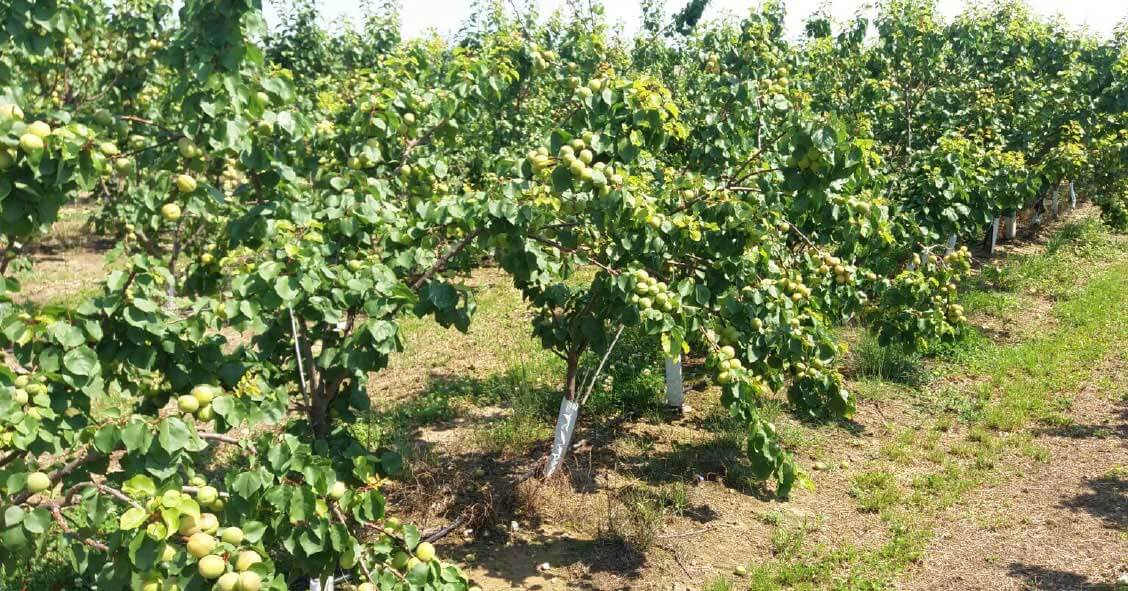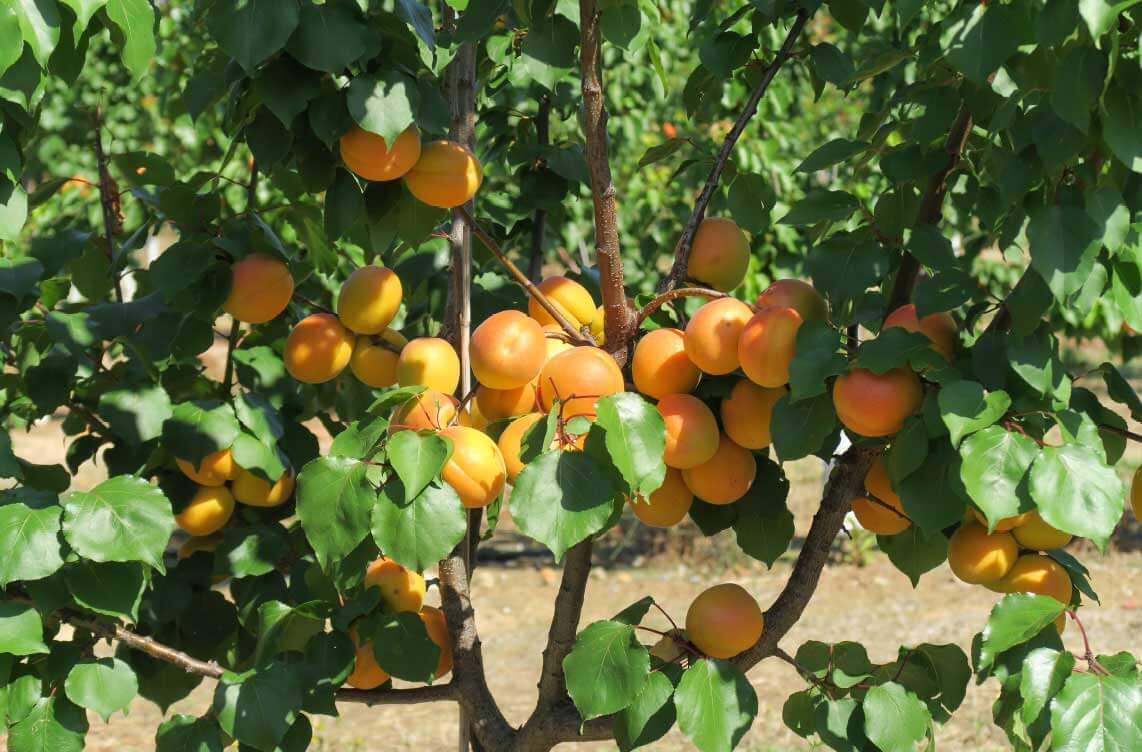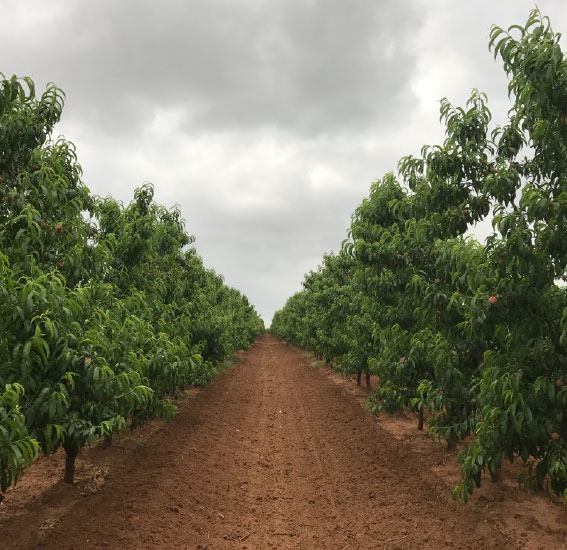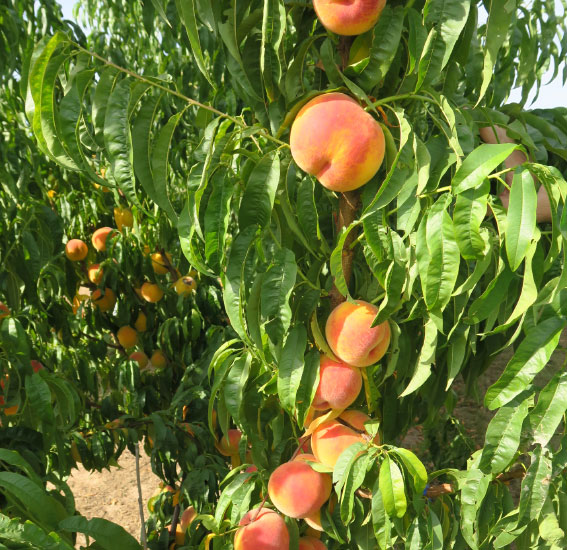Super high density stone fruit tree cultivations
The cultivation of stone fruit trees in super high density systems is widely accepted by fruit growers and is recognised as a high-value system when it comes to lowering the cost of cultivation, maximising production and improving fruit quality. There are peach, nectarine, Saturn peach, plum and cherry super high density plantations all over the world.
These farms are viable thanks to our Rootpac rootstock series (Rootpac 20, Rootpac 40 and Rootpac R). These are clonal patterns multiplied in-vitro to preserve the utmost genetic and health quality, adapting perfectly to the super high density system.

ROOTPAC ROOTSTOCK FEATURES
–
SHD Stone Fruit Trees
• They contribute low vigour.
• They allow quick entry into production.
• They advance ripening.
• Larger size and more colourful fruit.
• Increased production.

The super high density system in stone fruit trees has coined the term “pedestrian field” for a system that allows a mechanical thinning and pre-pruning. Another advantage is that, although harvesting is done manually, harvest times are reduced compared to traditional goblet-trained cultivation.
Likewise, the exposure and ripening of the fruits is more homogeneous, so harvesting takes place in fewer passes than with goblet-trained cultivation.
Harvesting in these fields is done manually without ladders and in which the rest of the cultivation tasks are fully mechanised (topping, hedging, thinning, etc.).
Get the latest news on superintensive crops >
SUPER HIGH DENSITY CULTURE OF STONE FRUIT TREES FOR THE INDUSTRY
–
SHD Stone Fruit Trees
At Agromillora we champion super high density systems because we believe they are the solution to a large number of problems involved in traditional agriculture. This is why we continue researching, to maximise the number of species that can be cultivated in high density.
As a result of this continuous innovation, in 2014 a series of trials were carried out in which super high density peach, apricot and plum plantations were developed. This type of crops are still in the experimental phase for the industry since at the moment we only have data from three harvests. It is too early to draw definitive conclusions. However, existing indicators are very promising.





